I'm trying to show a custom exception message while preserving the inner exception.
Here is my sample code:
public class Class1
{
public Class1()
{
try
{
throw new WebException("Initial Exception");
}
catch (WebException we)
{
throw new myException("Custom Message", we);
}
}
}
public class myException : WebException
{
public myException(string msg, WebException e) : base(msg, e) { }
}
When I run this code it shows me the custom message in the debugger:

yet still sends the innerexception message to the client:

What am I doing wrong here? How do I preserve the inner exception while showing my own custom message?